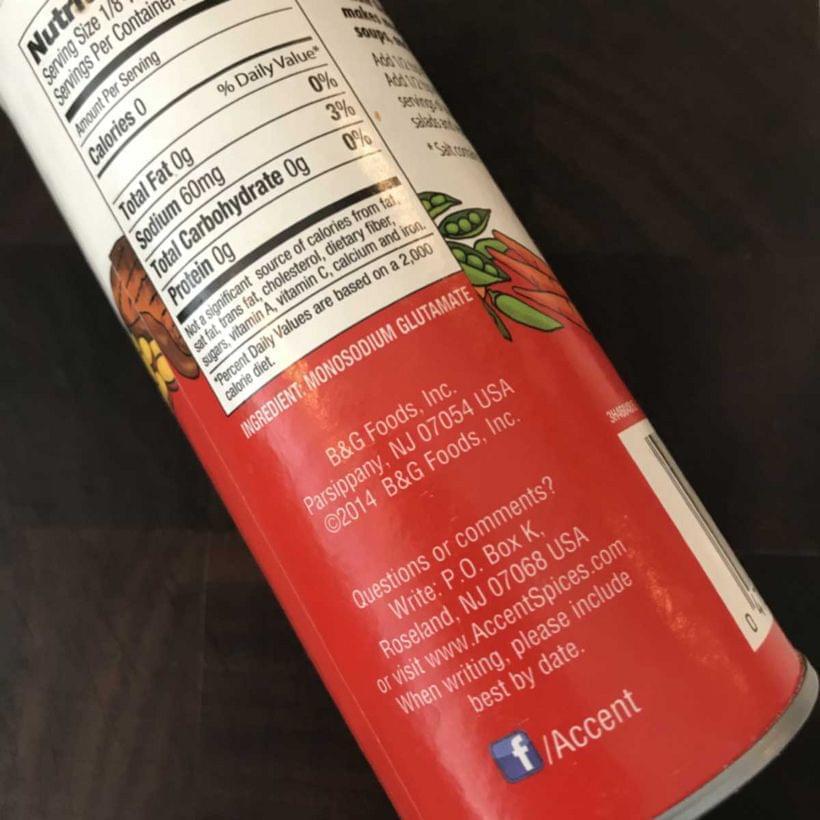On Umami

The word itself is the combination of “umai,” which expresses deliciousness (the way “yum” does, near as I can tell), and “mi,” which means “essence” or “taste.” Apparantly the name was never intended to stick—but here we are, stone-faced, discussing “yum taste.”
According to the book Umami: Unlocking the Secrets of the Fifth Taste by Ole G. Mouritsen & Klavs Styrbæk, the pursuit of umami starts with the rise of Zen Buddhism in Japan. Buddhist monks would subsist on fruits and vegetables, tofu, seaweed, nuts, and so on—no fish, no meat. Shōjin ryōri (精進料理), meaning “devotion cuisine,” seems to track pretty closely with how we think about modern-day veganism.
I’m no historian—and certainly no philosopher—but pretty safe bet they wanted to eat a creature every now and then. I’m not saying that this was some philosophical failing on their part; we’re tuned to want umami.
We’re biologically predisposed to crave salts, fats, and sugars; that’s not news. Our lizard brains are constantly shouting that we need electrolytes and calories to remain alive here in the harsh wilderness of the urban greater-Boston area, and you know, there are lots of those things in that bag of Cape Cod chips you find yourself side-eying in the Star market. You don’t—at least, I don’t—tend to feel that kind of primal draw from the kale in the produce section.
For a long time, the prevailing opinion was that you wanted a hamburger for the same reasons: salt and fat. You wanted it cooked because we’d just sort of figured out that cooking something improved the bioavailability of its nutrients—that we can process cooked food better than raw. That’s all true, but there’s a little more to the second part. It gives our lizard brains a little too much credit, like Ogg Cuisinart sat down by a fire one day and said “me wish nutrients in river fish had better bioavailability; me invent spendy sauté pan,” and the rest was history.
The core of umami is glutamic acid, a name that should ring a bell. It’s an amino acid that occurs naturally in fish, meat, eggs, milk and cheese—all things them monks couldn’t have, and all things rich in protein. When we cook, age, or ferment foods, we break proteins down into more readily bioavailable amino acids—a cooked steak has more umami than a raw one, aged cheese has more umami than fresh, a ripe tomato has more umami than a green one. The prevailing science is that rich, savory umami flavor—triggered by the presence of glutamic acid—tells us that a food is likely to be rich in all the aminos that our bodies need. That’s why an omelet has more lizard-brain appeal than that one scene in the movie Rocky.
Glutamic acid alone isn’t responsible for the sensation of umami, mind you—it can only do so by forming a salt with another compound, whereupon glutamate is formed. The sodium salt of glutamic acid, for example, is monosodium glutamate—y’know, let’s just call it “MSG,” for short. It separates into sodium ions and glutamate ions, the latter of which is responsible for the sensation of umami. Even then, pure glutamate doesn’t have much taste by itself—but in concert with inosinate, guanylate, or adenylate, the sensation of umami can be amplified up to fifteen times over. So, for example: the flavor of beef—which contains inosinate—would benefit from the presence of cheese. The umami of inosinate-rich chicken would be boosted by vegetables that contain glutamate—top of my head, things like onions, carrots, and celery. Fish (inosinate) with a splash of soy sauce (glutamate) ends up being much more than the sum of its parts.
So, the basic deal is this: in the 1300s, Buddhist monks instinctively—viscerally—wanted to get down on a cheeseburger. So, they ended up with the next best thing: kelp, or “kombu” (昆布). Kombu contains a buckwild amount of glutamate. Shōjin dashi, a stock made from kombu and dried mushrooms (concentrated guanylate), became a staple—a “devotion” form of the dashi made from kombu and dried bonito flakes (concentrated inosinate). It was from dashi that we first extracted MSG, in 1908. We only just discovered the first taste receptors for glutamate—and recognized umami as a distinct taste—in the 2000s.
Now, smarter people than myself have written about the reasons that MSG has caught such a bad rap over the years, and I won’t rehash them all here—suffice to say that the combination of internalized racism and “science words are scary and bad” make for a uniquely potent mix of wrongnesses. The Netflix show Ugly Delicious has a particularly infuriating segment where they’ve gathered together a group of people that unironically claim to suffer from the MSG sensitivity that’s still—in 2018—referred to as “Chinese restaurant syndrome.” For chemically inexplicable reasons, none of them had ever suffered from “bag of Doritos syndrome”—or, I’ll wager, “Italian cheese syndrome.”
I’d take that even further, though: I submit that you can’t be a cook who’s anti-MSG any more than you could be philosophically opposed to adding salt or butter to a dish. You can’t be in favor of combining ingredients.
The pursuit of flavor itself is, in no small measure, based on alchemizing glutamate. We’re only just learning that umami isn’t just “a dash of soy sauce makes things taste better”—it’s the reason we’ve been using mirepoix in chicken stock, or combining cheese and tomato. Umami is the reason we’ve aged, pickled, cooked, or fermented anything. The pursuit of monosodium glutamate is one of the fundamental underpinnings of all cuisine, throughout the whole of history.